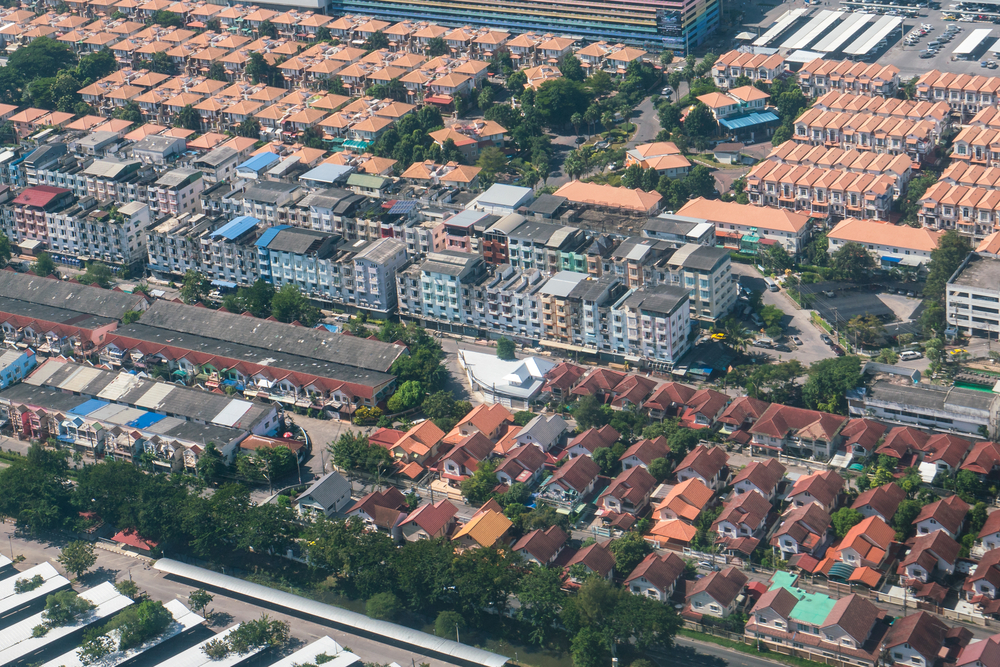
Providing a detailed insight into housing market at the start of the year the statistics highlighted regional variations in house price growth with the North West experiencing the biggest rises.
Indeed, the data revealed while London saw the lowest annual house price growth over the year to February of 4.6%, the North West saw prices grow by 11.9% over this time.
What’s more, with UK house prices neither rising nor falling between January and February, the North West experienced a monthly price rise during this period of 1.3%.
This compares to the North East, which had the lowest monthly price fall of 1.6%. Overall, the Land Registry recorded the average UK house price in February as £250,341.
Although the data takes into account events two months’ ago, before the stamp duty holiday was extended, experts explained it provided a useful tool when assessing the market.
Strong fundamentals
Anna Clare Harper, chief executive of asset manager SPI Capital, said: “Despite being two months old, UK HPI data is relevant because it shows a more complete picture than other house price indices.”
She added: “The housing market is not one market. The annual trend was led by exceptional growth in the North West of 11.9%, with double digit growth in the East Midlands and Yorkshire and the Humber. This reflects strong fundamentals in these regions.”
Harper explained while there was concern house prices would reach a peak due to the stamp duty holiday, the outlook was more complex than this.
Different property types and locations were experiencing different growth trends, she explained. Indeed, price rises across the UK were strongest for detached, semi-detached and terraced homes which experienced increases of over 9.2%.
Flat and maisonettes experienced growth at 6.8%, according to the HM Land Registry.
She added: “We also have cheap debt as a result of very low interest rates, which give buyers a ‘discount’; the release of pent-up supply and demand and desire to improve surroundings among existing homeowners; and the ‘flight to safety’, since in times of uncertainty, people want to put their money in a stable asset with low volatility.
“These trends are likely to hold up throughout 2021.”
Demand for more space
Tomer Aboody, director of property lender MT Finance, said: “As we have seen over the past year, demand has outweighed supply which will always lead to high pricing.
“With the North West seeing the biggest growth in values, this isn’t surprising due to the lower price point to get on the ladder, and a percentage change will always be higher at a lower price.
“This does show though that people want more space and have used the extreme and constant stimulus from the government as a tool and push to buy.
“If one is looking to move, then surely when money is at its cheapest, stamp duty is halted up to £500,000 and higher loan-to-value mortgages are available, now is the time to do it.
“With the high speed railway project in full flow, this has also increased the popularity of these ‘secondary’ cities.
“With the government-backed 95% mortgages launching, the housing market will continue to be strong for a good few months to come.”



